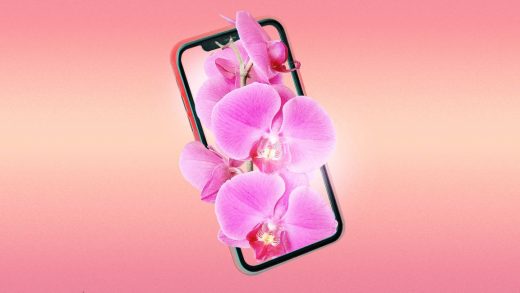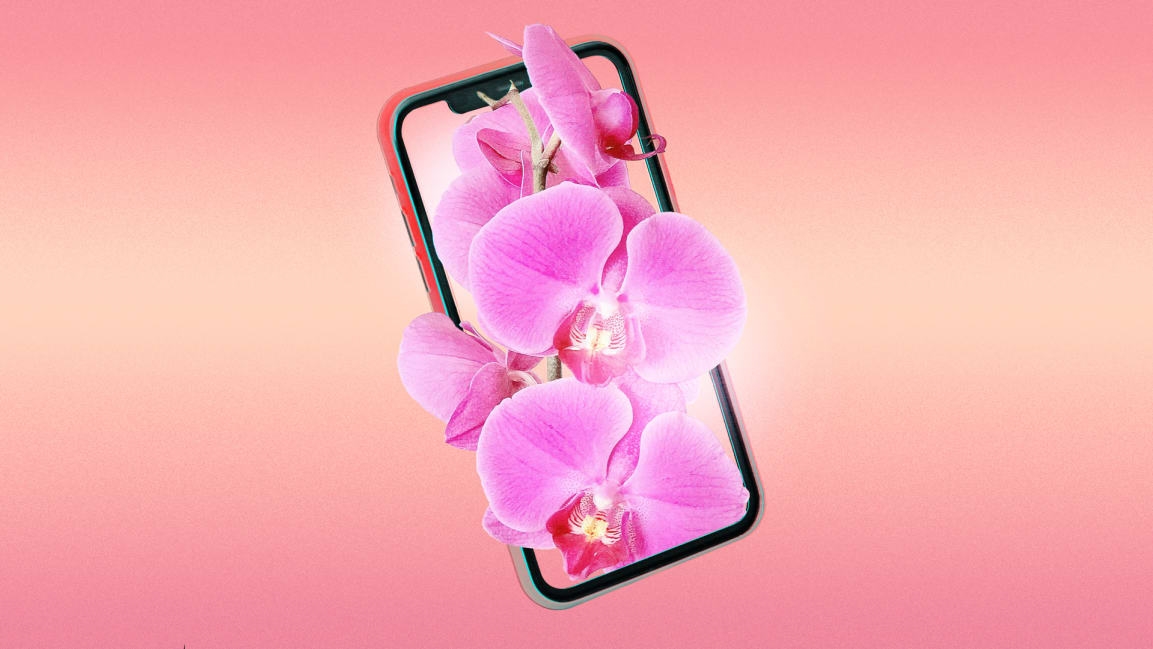What making viral TikToks on vaginal health taught me about Gen Z
Are you wiping your vulva the right way?
If you ever thought to ask yourself this question, you’d probably Google it. But for Generation Z, learning about sexual health comes more naturally on TikTok.
That’s why my company, Cheeky Bonsai, has found huge success making fun videos about everyday sexual health questions on the Gen Z video app of choice, demonstrating the proper technique for vulva wiping on a watermelon (front to back, no double wiping), what your period color means, and how to recognize UTI symptoms. Gen-Zers want answers to their burning sexual and vaginal health questions, with trending songs and dances included. Our videos, which provide accurate information and offer practical sex ed, now have more than 120 million views.
Theoretically, Gen Z shouldn’t lack information on sexual health or anything else. They’ve grown up digital with all information at their fingertips. But our content was clearly filling an education gap and connection gap on taboo health topics. The reason? Gen Z is looking for more than dry medical facts. They want the raw, real, and relatable.
Born between 1996 and 2010, Gen-Zers now make up about 40% of U.S. consumers. By 2026, their demographic will surpass millennials as the largest customer base and social arbitrator. Their penchant for “realness” is here to stay, and they are already reshaping consumer trends.
Whether you are creating content and products for Gen-Zers or just looking to better understand them, you can benefit from what we learned about what works and what doesn’t.
Embrace TikTok—it’s not too late
Five years ago, the playbook for millennial brands was to launch on Instagram. Brands like Glossier used organic engagement and community to drive phenomenal growth. But over time, Instagram has become incredibly saturated and expensive, dominated by pay-to-play ads.
With more than 1 billion monthly active users, TikTok is the new platform of choice. TikTok took only five years to reach the 1 billion user mark, compared to the eight years it took Facebook. But brands haven’t adapted as quickly to the new platform where Gen Z spends most of its time. (TikTok’s largest demographic is 16-to-24-year-olds.) Gen Z-forward brands are just starting to experiment with what it means to be a TikTok-first brand.
Be real
Being discreet isn’t very Gen Z. Having grown up digital, they’re comfortable opening up online about their struggles and insecurities. They place a high value on being authentic. Consumer research has found that 82% of Gen Z customers trust a company more if it uses images of real customers in ads.
Connecting with Gen Z doesn’t require a massive budget, but you do need to feel comfortable stepping outside of your comfort zone. It might feel awkward or hard, but you just have to be okay being more real than with other audiences.
For us this means we avoid euphemisms like “intimate health” and “down there.” We’re direct in how we talk about vaginas and everyday women’s health.
Don’t worry so much about a particular image
Look to the quintessentially Gen Z Billie Eilish and her “it’s all about what makes you feel good” approach. At this year’s Met Gala, she switched out her baggy clothes and green hair for a Marilyn Monroe-inspired ball gown and platinum blonde coif. Before meeting Prince William at the James Bond movie premiere she declared, “It’s going to be crazy. . . . I’m going to pee myself.” She combines the awkward, the hyperfeminine, the weird, and whatever else. Gen Z accepts the full range because they accept people for whatever they are, without apology.
Put your money where your mouth is
Sixty-two percent of Gen Z-ers polled believe they can change their world by their actions. They take strong positions and expect others to do the same. In addition, 90% of Gen Z-ers believe that companies need to help alleviate environmental and social problems. They’re looking for brands to give back in meaningful ways, beyond just posting about causes on social media. And they’re holding brands accountable.
Some 69% of Gen Z-ers are more likely to buy from a company that contributes to social causes, while 33% have stopped buying from companies that contribute to a cause with which they disagree. They don’t necessarily choose the lowest price, as they very intentionally factor in the issues and mission of the business before buying.
Gen Z, more than any previous generation, wants to be part of your brand, your product journey, and your story. The reassuring piece is that perfectionism is not needed or wanted. If you can connect with the members of Gen Z and bring them along, you’ll see a ripple effect. They’ll become your strongest amplifiers—helping to grow your ideas and impact.
Elise Johnson is a Stanford University graduate and the cofounder of Cheeky Bonsai. At Cheeky Bonsai, 1% of all profits go toward supporting women’s health and sex ed initiatives.
(74)



